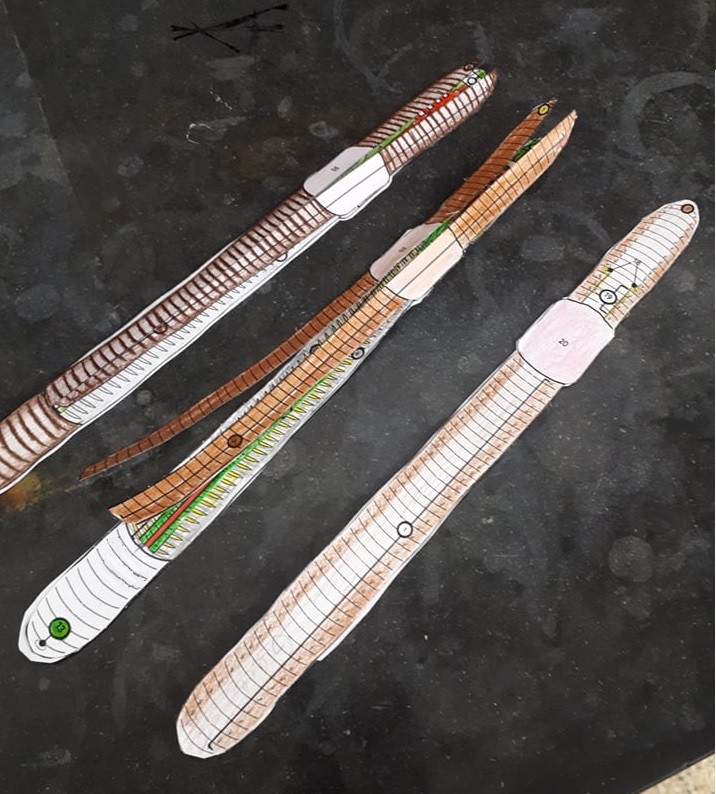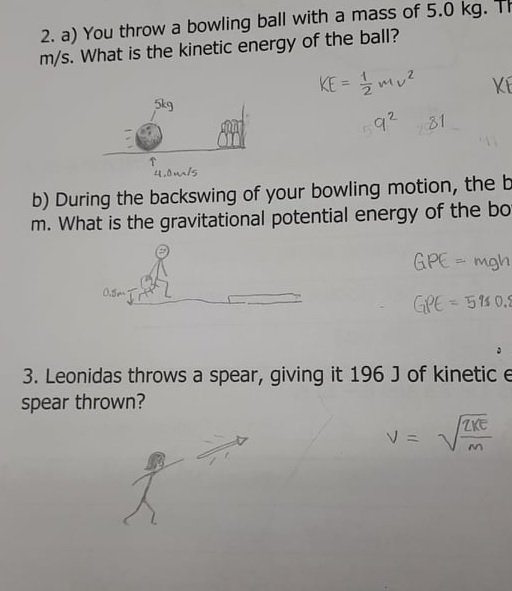The following images show some artifacts from both in the classroom during practicum, as well as in the education program itself.
 This is a foldable paper model of an earthworm that one of my students made. Students were tasked with cutting, colouring, and folding these models, as well as identifying anatomical parts of the earthworm on the model. We followed up this activity with an actual dissection of an earthworm, where students could locate the real life structures they had just seen in their model, as well as compare the benefits and drawbacks of learning through models vs the real thing. It was a fun way to explore this topic, and allowed multiple approaches to be used and differentiation for the students.
This is a foldable paper model of an earthworm that one of my students made. Students were tasked with cutting, colouring, and folding these models, as well as identifying anatomical parts of the earthworm on the model. We followed up this activity with an actual dissection of an earthworm, where students could locate the real life structures they had just seen in their model, as well as compare the benefits and drawbacks of learning through models vs the real thing. It was a fun way to explore this topic, and allowed multiple approaches to be used and differentiation for the students.

This was from a curriculum and innovation course specifically geared towards science and math educators. We used boiled red cabbage water as a natural form of pH indicator. As you can see, it creates a lovely spread of colours that would allow anyone to tell which substances are acidic and which are basic. This is an excellent activity that I want to do with future classes of all ages. It is a great example of how chemicals are around us in everyday life, and adds some extra fun to the concept of acid-base chemistry.

In my last practicum, we explored ideas of kinetic and potential energy. After some theory, we built rollercoasters out of paper and tape. The goal was to make a functioning “rollercoaster” that a marble could run through from top to bottom and calculate the potential energy of the marble at the start of the rollercoaster. Students who needed extending questions were asked about the kinetic energy at the bottom, and why it might not be the same as the potential energy at the top. There were so many great projects, some functional and some not, but every student was excited and had their mind fully on the concepts.

This next photo is actually one of my favourites. During our physics unit, I always drew pictures and diagrams to represent objects in examples and questions. I regularly was made fun of for them (I’m not much of an artist), but it got some students to get into the habit of drawing them as well! This is an image of one student’s quiz in which they drew representations of each question. This student in particular had been struggling in class, but did very well on this quiz. It was nice to see them connect to the material through their drawings and have it show a real positive effect on their success.
